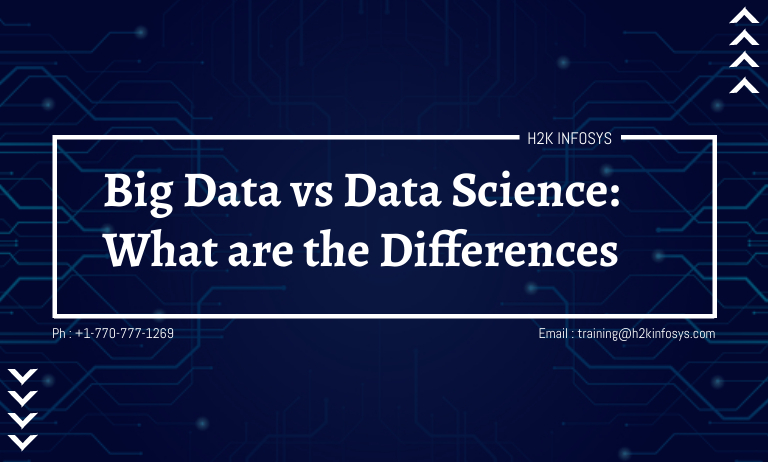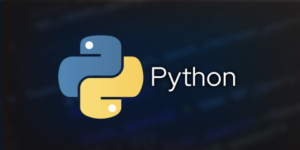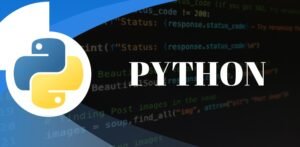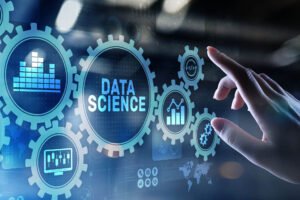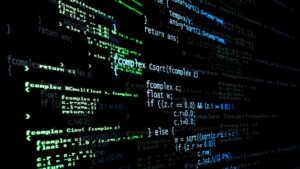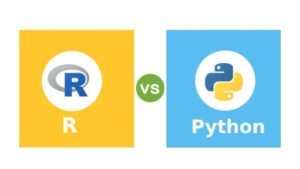Traditional data analysis methods cannot readily reach a big data approach. Unstructured data, on the other hand, necessitates the use of specialized data modeling techniques, tools, and systems to extract insights and information as needed by businesses. Data science is a scientific approach to big data processing that employs mathematical and statistical concepts as well as computing techniques. Data science is a specialized subject that uses statistics, mathematics, intelligent data capture techniques, data cleansing, mining, and programming to prepare and align big data for intelligent analysis in order to extract insights and information.
Right now, we are all experiencing an unprecedented increase in the amount of data generated globally and on the internet, resulting in the idea of big data. Due to the difficulties involved in mixing and using multiple methods, algorithms, and complex programming techniques to perform intelligent analysis of enormous volumes of data. As a result, data science is a challenging field. Data science originated from big data, or better still, data science and big data are inextricably linked.
Seeing that big data and data science are logically and scientifically interwoven, there are so many differences embedded as well. While big data is not as popular as its data science counterpart, it is super relevant in the industry. There are a couple of online data science training that also teaches big data. In this article, you will learn the differences between the two. Let’s have a quick look at these differences below:
First of all, let’s understand what Big Data and Data Science are?
What is Big Data?
Big data is a term used to describe structured/unstructured data in a large quantity of data that cannot be processed on a single machine using traditional tools. Such data could be from social networks, emails, blogs, tweets, digital images, digital audio/video feeds, online data sources, mobile data, sensor data, web pages, and so on.
Big data processing usually begins with aggregating data from multiple sources.
- Social media, emails, blogs, tweets, digital images, digital audio/video feeds, online data sources, mobile data, sensor data, web pages, and so on are examples of unstructured data.
- XML files, system log files, text files, and other semi-structured data
- RDBMS (databases), OLTP, transaction data, and other structured data formats are examples of structured data.
Big data tries to overcome the difficulty of dealing with massive amounts of varying-quality data, of different types, that is recorded and processed at lightning-fast (real-time) speeds. To put it mildly, it’s not an easy task.
What is Data Science?
Data Science is a broad term used to describe the process of extracting insight from data. Data is present in massive and exponentially increasing volumes universally. Regardless of the scale of the data being processed, data science as a whole reveals the manner in which data is exposed, conditioned, extracted, assembled, displayed, analyzed, interpreted, modeled, presented, and reported on. Big data as described above is a subset of data science since it is a large volume of data being processed.
Many sectors, including social media, medical organizations, biological sciences, economics, military, finances, healthcare, marketing, social sciences, engineering, geolocation, defense, business, and many other fields can benefit from data science.
Data Science vs Big Data Comparison
Data science focuses more on business decisions whereas Big data relates more to technology, computer tools, and software. The field combines domain expertise, programming skills, and knowledge of mathematics and statistics to extract meaningful insights from data. Practitioners of data science apply machine learning algorithms to numbers, text, images, video, audio, and more to produce artificial intelligence (AI) systems to perform tasks that ordinarily require human intelligence. In turn, these systems generate insights that analysts and business users can translate into tangible business value.
Differences between Data Science and Big Data
Here is a few difference between Big Data and Data Science;
- Organizations require big data to improve efficiencies, gain a better understanding of new markets, and increase competitiveness, whereas data science provides the methods and procedures for quickly comprehending and utilizing the potential of big data.
- There is now no limit to the amount of relevant data that can be collected by businesses, but data science is required to use all of this data to extract meaningful information for organizational choices.
- Big data is defined by its velocity, variety, and volume (often referred to as the 3Vs), whereas data science is defined by the methodologies or procedures used to evaluate data using the 3Vs.
- Big data has the ability to improve performance. However, extracting insight information from big data to maximize its performance-enhancing potential is a considerable issue. In addition to deductive and inductive reasoning, data science employs theoretical and experimental methodologies. It is in charge of uncovering all buried insightful information from a complex mesh of unstructured data, assisting enterprises in realizing big data’s potential.
- Big data analysis is the process of extracting meaningful data from enormous datasets. Data science, in contrast to analysis, uses machine learning techniques and statistical methodologies to teach a computer to learn without requiring much programming in order to create predictions from large amounts of data. As a result, big data analytics and data science should not be conflated.
- Big data is more about technology (Hadoop, Java, Hive, and so on), distributed computing, and analytics tools and software than it is about data. This is in contrast to data science, which focuses on business decision-making techniques, data distribution employing mathematics, statistics, and the previously described data structures and processes.
Wrapping Up
Given the distinctions between big data and data science discussed above, it’s worth noting that data science is included in the concept of big data. In a wide range of applications, data science plays a critical role. Big data is utilized in data science to obtain meaningful insights through predictive analysis, which is then used to make wise decisions. As a result, rather than the other way around, data science is incorporated into big data.
Both of these fields are expected to grow in size and importance over time. Both disciplines are experiencing enormous growth in demand for qualified practitioners, and they are quickly becoming some of the trendiest and most rewarding fields to work in. In conclusion, as a data scientist, it is critical to also understand how to handle big data with tools such as Hadoop. You can enroll in an online data science certification course that at the very least, introduce the use of Hadoop.
